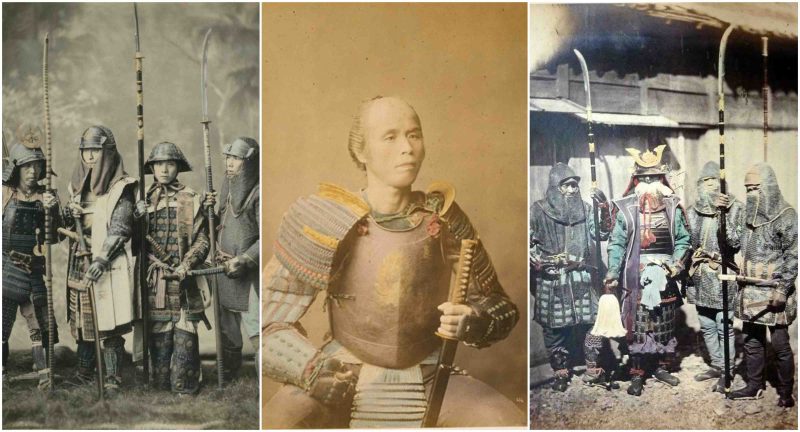The elite warrior class known as the samurai ruled Japan for almost 700 years, from medieval times to their demise during the Meiji Restoration of 1868. They left an indelible mark on the country’s history and culture.
In Japanese, they were referred to as Bushi, which has roughly been translated to “those who serve in close attendance to the nobility.”
Samurai emerged as provincial warriors and rose to power in the 12th century with the beginning of Japan’s first military dictatorship, known as the shogunate.
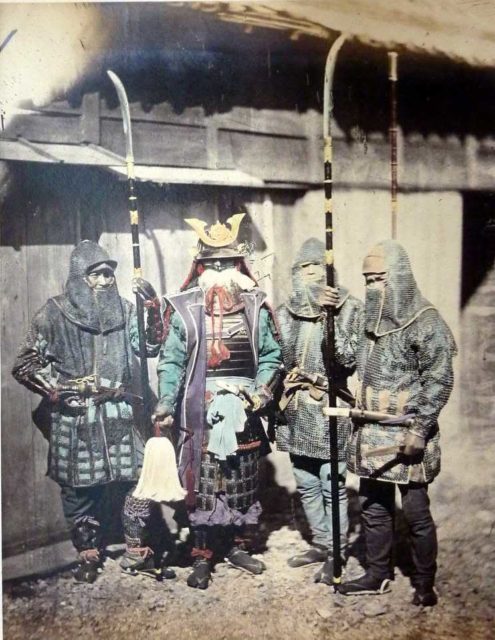
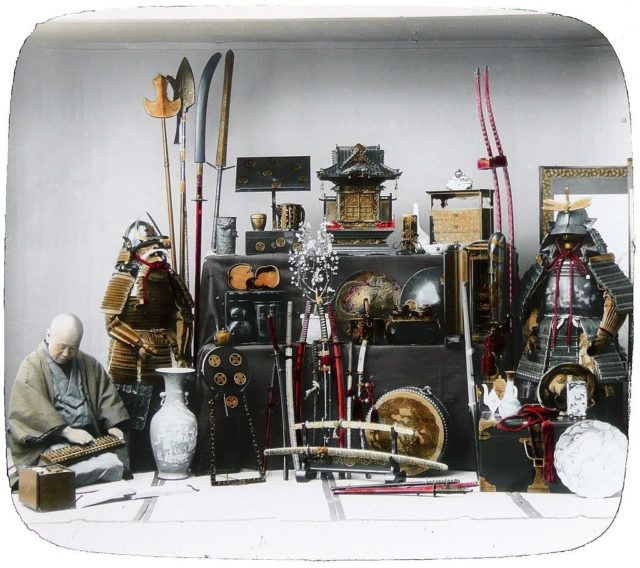
The noble warriors were often associated with clans and their Lord and were trained as officers in military tactics and grand strategy.
Samurai followed a code of honors known as bushidō, meaning “the way of the warrior.” Bushidō was a set of rules informed by Zen Buddhism and Confucianism; its teaching emphasized loyalty, fearlessness, discipline, and general kindness.
“The notion that Zen is somehow related to Japanese culture in general, and bushido in particular, is familiar to Western students of Zen through the writings of D. T. Suzuki, no doubt the single most important figure in the spread of Zen in the West.”
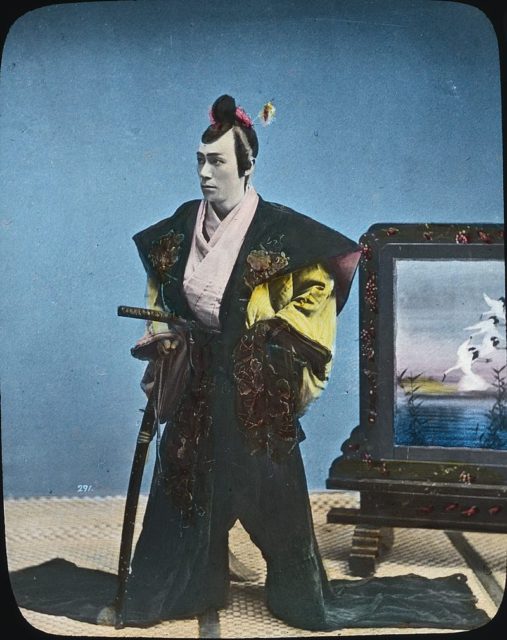
Being aristocrats for centuries, samurai had their own culture that in a way influenced Japanese culture as a whole.
Monochrome ink painting, rock gardens, poetry, and tea ceremonies were some of the activities that were adopted by the warrior class throughout the centuries.
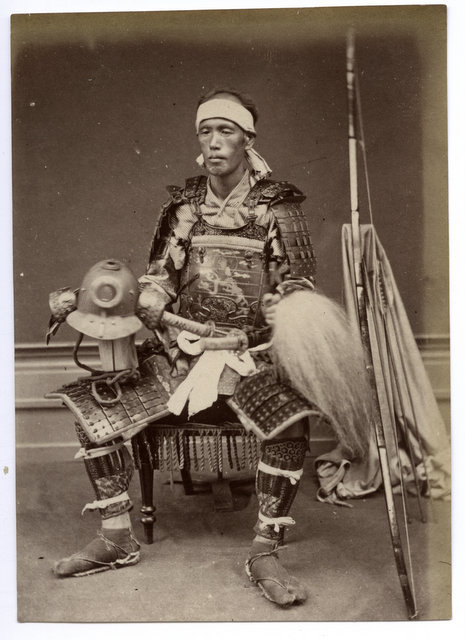

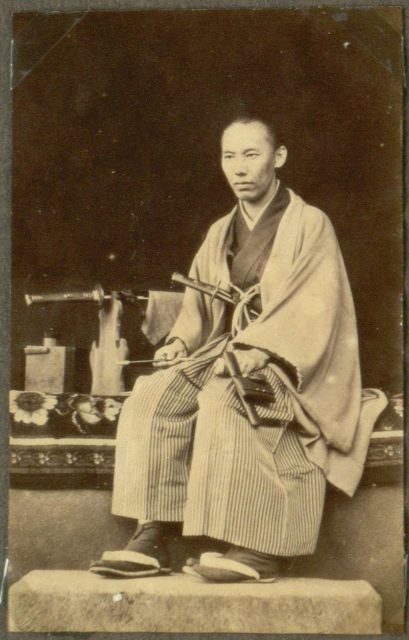
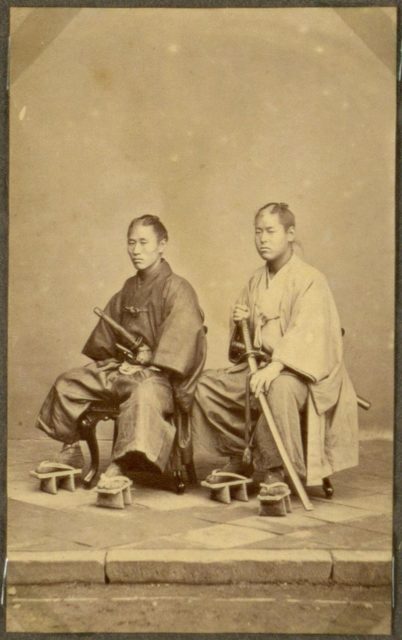
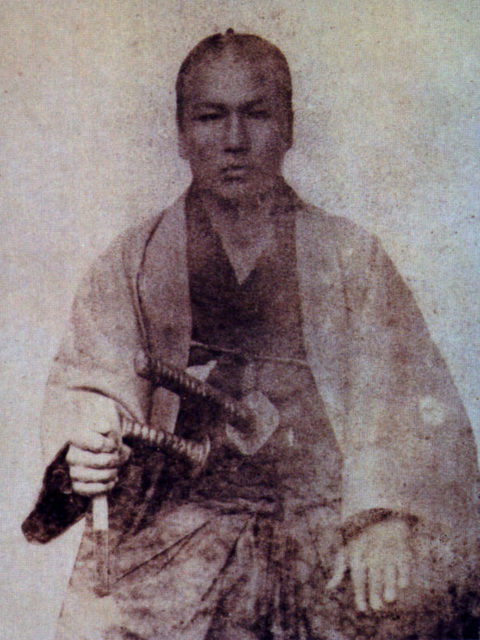
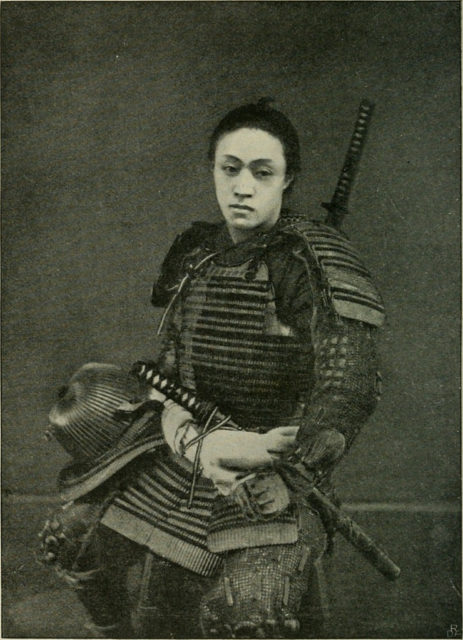
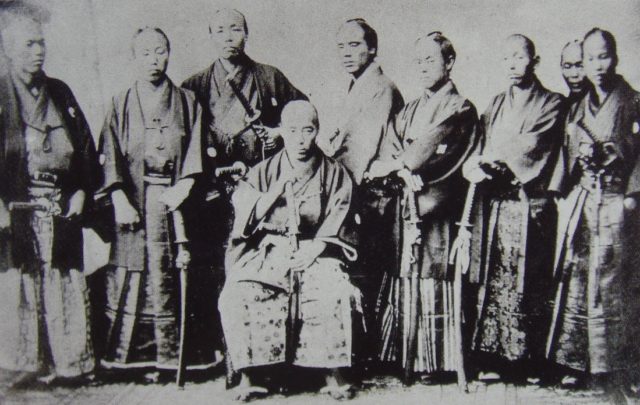
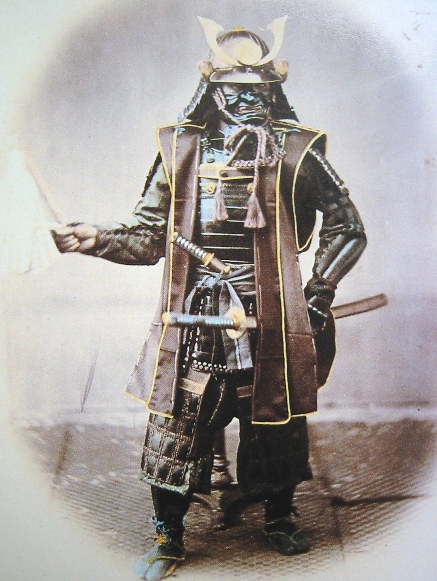
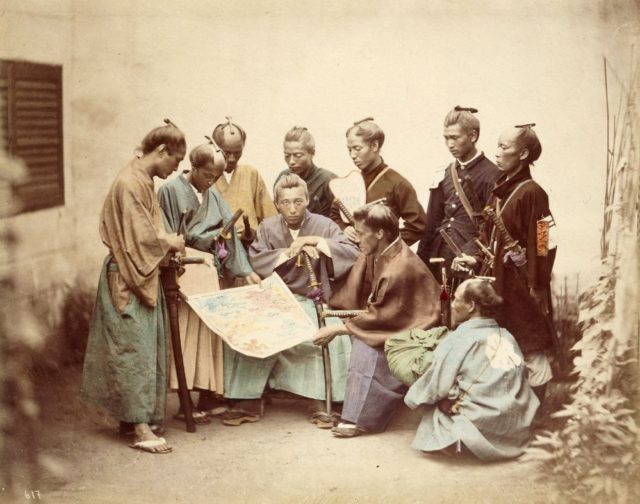
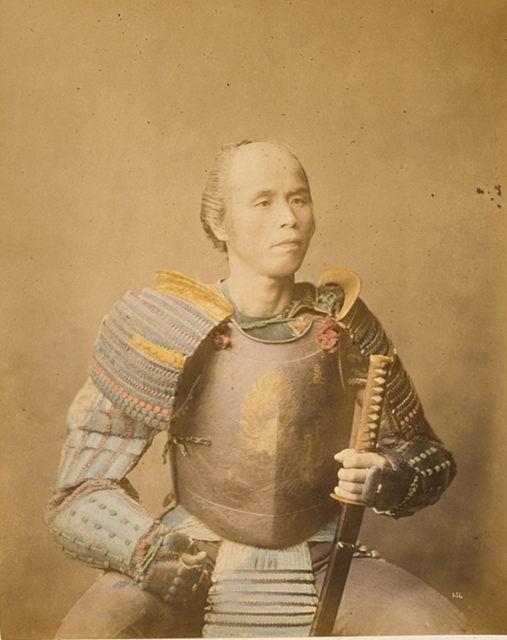
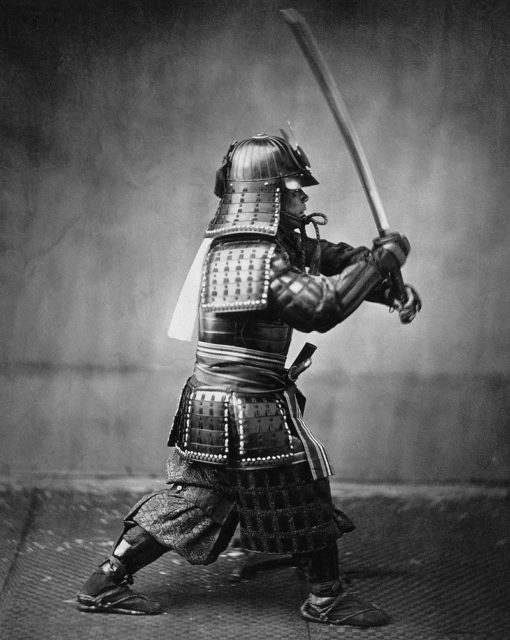
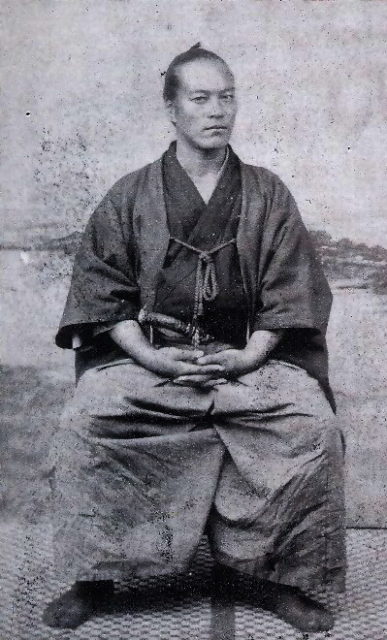
Samurai dominated the Japanese society and government until the Meiji Restoration of 1868.
Led to the abolition of the feudal system. In 1873, Emperor Meiji abolished the samurai’s rights and privileges to be the only armed force.
Replaced them with a more western-style conscripted army in 1873.
